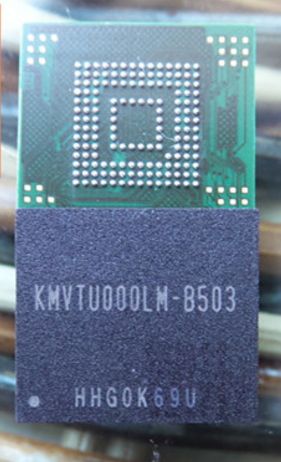Samsung Proshivka Nand
Audiorealism drum machine crack tool. Samsung V-NAND SSD official website. Find information about Samsung Consumer SSD, Portable SSD, Enterprise SSD products, download, support, and more. At Samsung's Tech Day event today in San Jose, the company shared their SSD roadmap for transitioning to 96-layer 3D NAND and introducing four bit per cell (QLC) NAND flash memory.
Since my board is bricked. I inspecting board more for revive it back. Board belongs to UA40D6000. So I identified 2 flash chip at D series HW. One of them is SDIN502-2G Flash which is used in Amazon Kindle. This chip used as main program storage, holds /dev/mmcblk0 device. And other one is Samsungs Flash NAND chip, KFG1GN6W2D is used for /dev/stl0 device.
This devices 12.th partition (/dev/stl/12) mounted as /mtd_rwarea. I needed to change this chip content. Probbly by (un)soldering. Decode: It's Samsung OneNAND (KF), Single chip (G), 1Gbit (1G), Technology (N), x16 Organization (6),???Volt (W), 2KB Page architecture (2), Version d? (D) -HIB6 = Package format? (H), Industrial Temp (I), Include Bad Block product line (B), 66Mhz (6) Re-programing this chips will solve the my bricked TV problem. If you have any datasheet belong to those chips.

I will be happy. Then our only target is KFG1GN6W2D, since both start.sh and rc.local kept here. Anyone know how could we handle this chips via JTAG. Also heard that soldering BGA's is a problematic due old solders make noise. After removal chips balls became defected. They needed to be re-balled for re-install.
Re-Balling machines are too expensive. But I heard there is another cheap solution for that. And also since this PCB's are lead-free, unsoldering the chips require more heat. This heat also hazardous to chip.
I think I let this soldering job to specialist Before I needed to inspect what I could make via JTAG ports. Nobody wrote: Maybe I'm wrong but I see 6 holes oooooo and next to them other 5 holes ooooo. They look more like I2C EEPROM serial interfaces to me.
Both of them. Probably no relation to JTAG and/or OneNAND flash whatsoever. Picture is a little blurry; can you post pin description in text form? Download yoko ogawa revenge pdf free full. I can't post better pictures, I made them in a hurry and I should open the tv to make new ones. They look like i2c bus to me, they have SDL SCL SDA lines labelled. The jtag picture is also blurry but 'almost readable': Labels should be: PLD_GND PLD_TDO PLD_TCK PLD_TMS PLD_TDI unreadable.
*Sequential performance measurements based on CrystalDiskMark 5.0.2/IOmeter 1.1.0 and random performance measurements based on IOmeter 1.1.0.Performance may vary based on the SSD`s firmware version,system hardware and configuration.Test system configuration: Intel® Core i7-6700K CPU@4.0 GHz,DDR4 1700MHz 16GB,OS-Window 10 Pro x64,Chipset-ASROCK Z170 EXTREME 7. *Sequential Write performance measurements based on Intelligent TurboWrite technology.The sequential write performances after Intelligent TurboWrite region are 300 MB/s(250GB),600 MB/s(500GB) and 1200 MB/s(1TB). • SEQUENTIAL READ Up to 3,200 MB/sec • SEQUENTIAL WRITE 250 GB: Up to 1,500 MB/sec 500 GB: Up to 1,800 MB/sec 1,000 GB: Up to 1,900 MB/sec • RANDOM READ (4KB, QD32) 250 GB: Up to 330,000 IOPS (Thread 4) 500 GB: Up to 330,000 IOPS (Thread 4) 1,000 GB: Up to 380,000 IOPS (Thread 4) • RANDOM WRITE (4KB, QD32) 250 GB: Up to 300,000 IOPS (Thread 4) 500 GB: Up to 330,000 IOPS (Thread 4) 1,000 GB: Up to 360,000 IOPS (Thread 4) • RANDOM READ (4KB, QD1) Up to 14,000 IOPS (Thread 1) • RANDOM WRITE (4KB, QD1) Up to 50,000 IOPS (Thread 1).